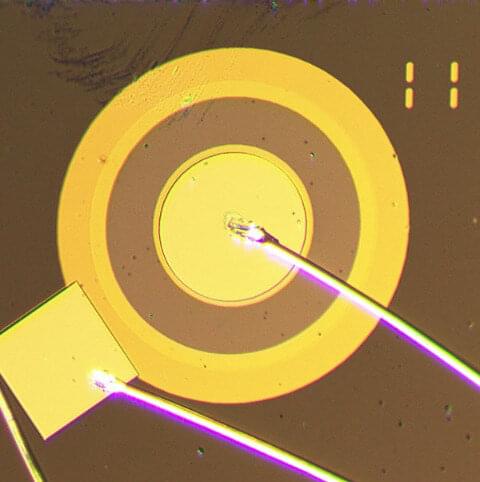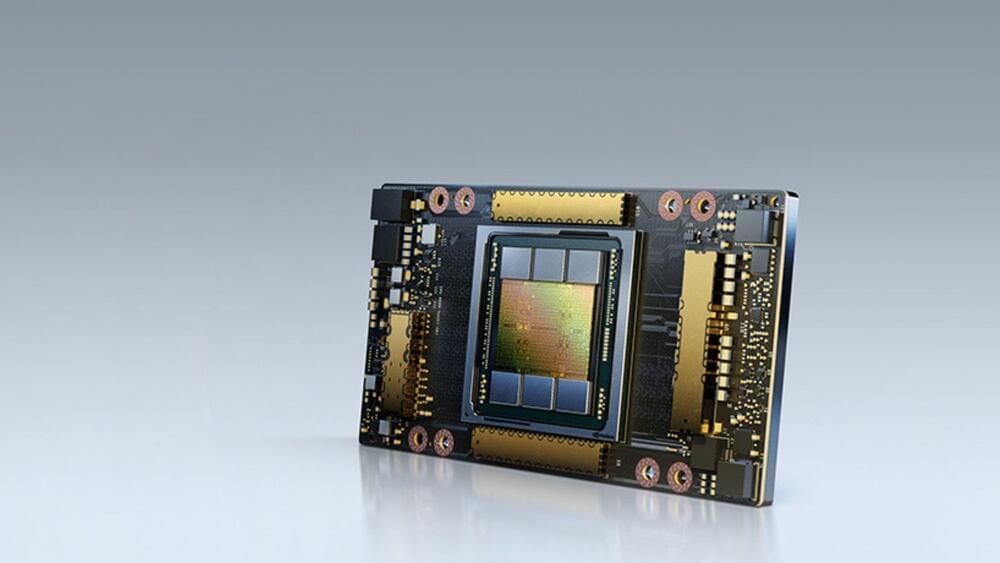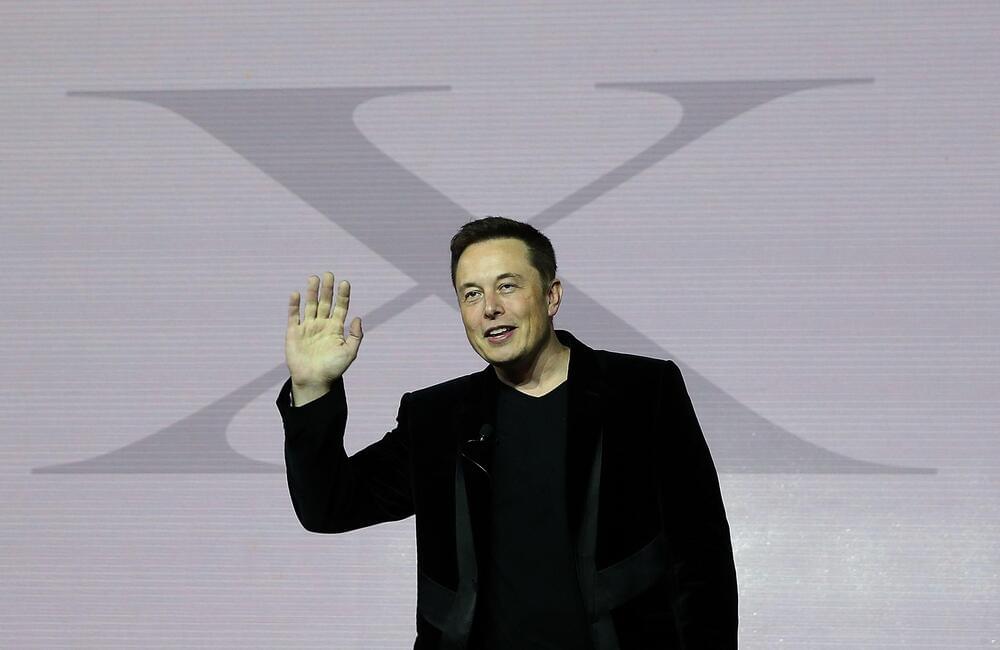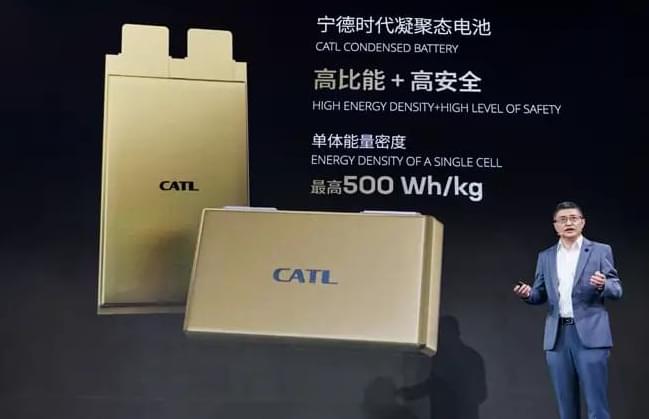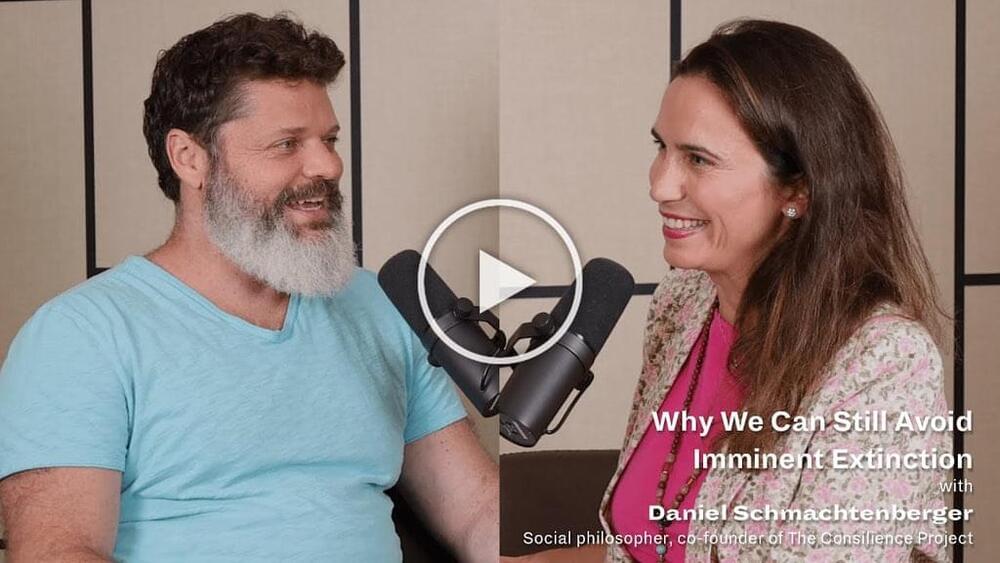RIKEN physicists have created an exotic quantum state in a device with a disk-like geometry for the first time, showing that edges are not required. This demonstration opens the way for realizing other novel electronic behavior. Their findings are published in Nature Physics.
Physics has long moved on from the three classic states of matter: solid, liquid and gas. A better theoretical understanding of quantum effects in crystals and the development of advanced experimental tools to probe and measure them has revealed a whole host of exotic states of matter.
A prominent example of this is the topological insulator: a kind of crystalline solid that exhibits wildly different properties on their surfaces than in the rest of the material. The best-known manifestation of this is that topological insulators conduct electricity on their surfaces but are insulating in their interiors.
